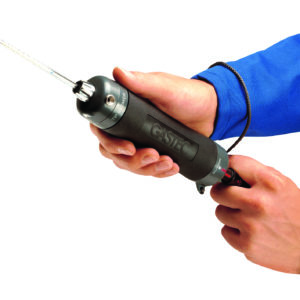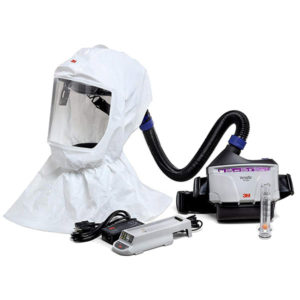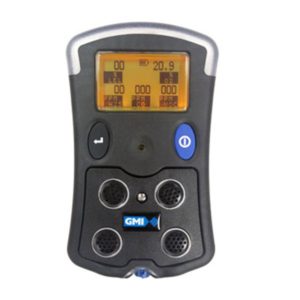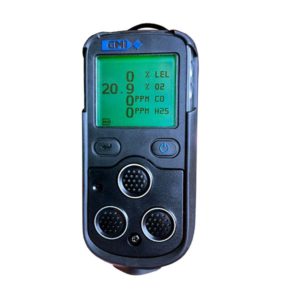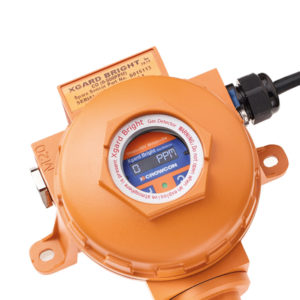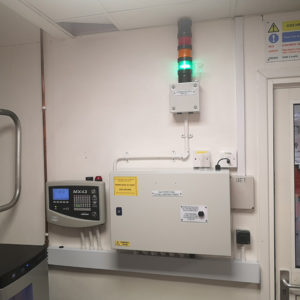Laboratories
In research and development laboratories, the use of toxic and inert gases requires significant gas monitoring in various forms to protect technicians and the facility itself.
Laboratory Gas Hazards
A variety of gases must be detected in laboratories and medical sectors to keep technicans safe.
In a research laboratory, tests and experiments will be conducted using highly toxic or flammable gases. Some lab work involves research into the use of fuels (Natural gas, Gasoline, Diesel, Hydrogen and Fuel Cell).
The more common gas hazards include: Carbon Dioxide (CO2), Combustible Gases, Hydrogen (H2), Methane (CH4), Oxygen (O2)(Enrichment/Deficiency), Peracetic Acid (PAA), and Nitric Oxide (NO).
Fume Hood Spot Checks
Lab technicians handle chemicals and hazardous materials in fume hoods to reduce the risk of contact.
To check their safe use, detector tubes indicate levels of present gas. They provide a low-cost method of gas detection, making them ideal for lab technicians to carry out spot checks.
Personal Gas Detectors
Personal gas detectors are worn by lab technicians for their own safety. These devices are worn within the breathing zone and will provide an alarm should the wearer encounter dangerous levels of hazardous gases.
If an alarm is not required but technicians want an indication of exposure, then colourimetric badges are worn which change colour the more gas they encounter.
Continuous Gas Monitoring
Laboratories can benefit from around-the-clock protection in the form of a fixed gas detection system.
Oxygen depletion systems monitor nitrogen bottle storage areas.
Area monitoring can also monitor toxic gases (used to warn of the threat of gases like Carbon Dioxide released whilst analysing bacteria).
Create a Safe Working Environment
A typical gas detection system within a laboratory may consist of a range of gas sensors suitably positioned where gases are expected to either leak or build-up.
The sensors are connected to a control panel which can display live data. Depending on the requirements of the system, data may be transmitted to a Building Management System (BMS).
The system may have a warning system with either a siren or a traffic light to warn personnel before entering a lab.
Talk with the Experts
Contact us - Our team of application specialists can assist you with system design, installation, maintenance, and repair. As a systems integrator, we provide end-to-end support to ensure your facility has a reliable and effective gas detection system in place.
Sign up for more information - For more information on protecting your staff from the dangers of gas leaks, sign up for our emails.

